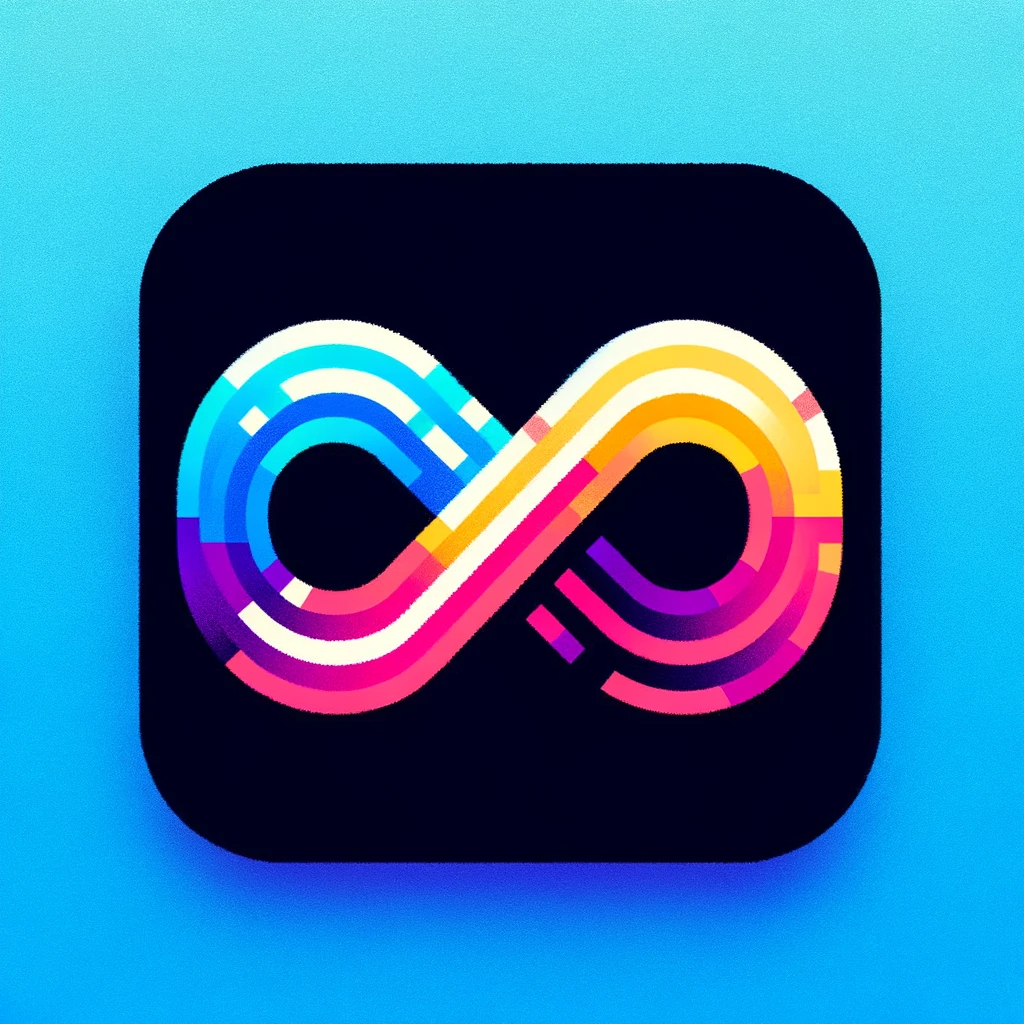128 reads
Dialog Datasets: Navigating Task-Oriented, Open-Domain, and Knowledge-Grounded Conversations
by
January 16th, 2024
Audio Presented by

The FeedbackLoop offers premium product management education, research papers, and certifications. Start building today!
About Author
The FeedbackLoop offers premium product management education, research papers, and certifications. Start building today!